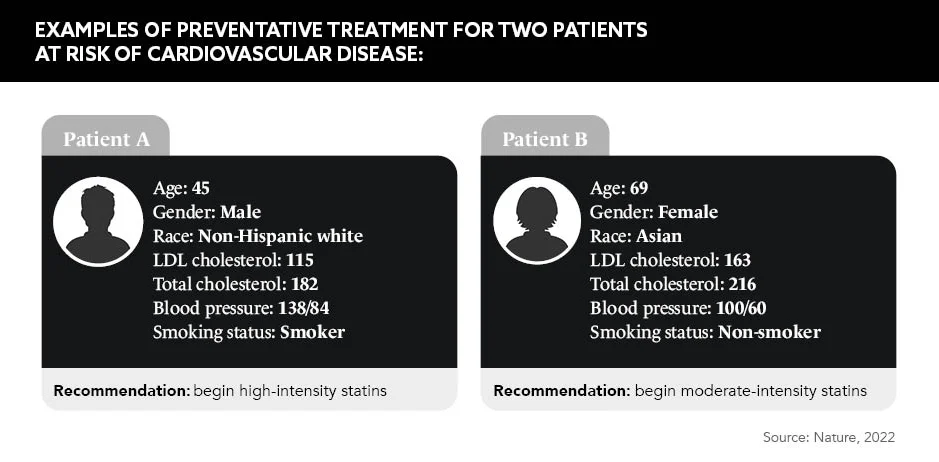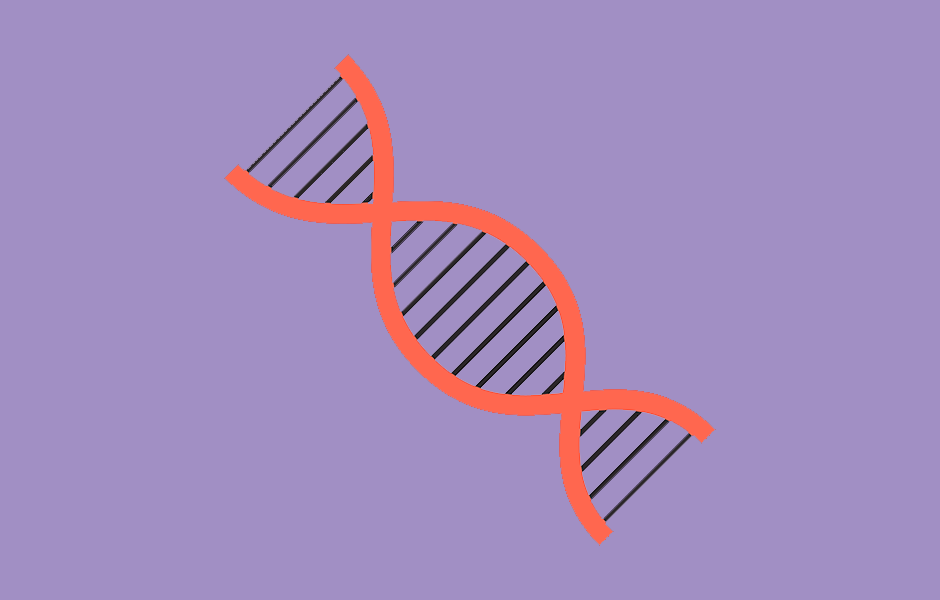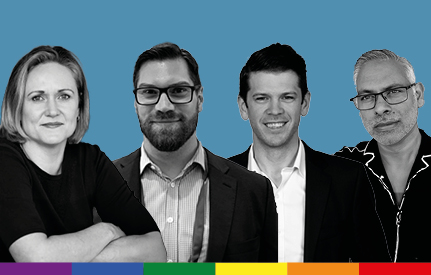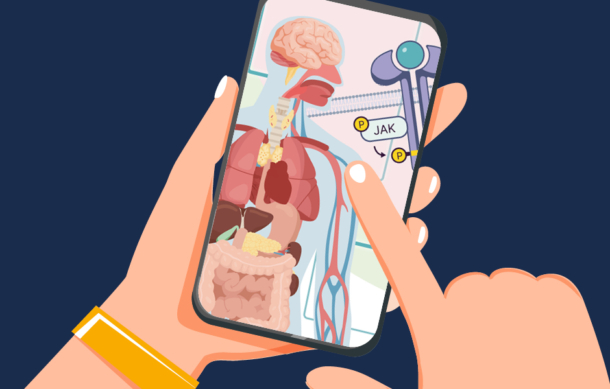A world without illness or disease sounds like a far-off fantasy, but some players in the pharmaceutical industry are investigating how to transform this vision into a reality. What is pharma doing to move from interventive to preventative treatment pathways?
Words by Jade Williams
Over the course of medical history, the philosophy around chronic conditions has centred on finding solutions to treat illnesses. A disorder or sickness is brought to light, then researchers get to work to ascertain the best course of action to cure or lessen the impact of the condition. In recent years, however, a larger focus has been given to working on methods to prevent illness before it occurs, made possible through developments in scientific learnings and giving greater attention to patient centricity. The pharmaceutical industry is working hard to refocus its efforts on preventative medicine and, in turn, shift mindsets toward pre-emptive treatment.
Of course, the ideal situation of preventing all illnesses from ever occurring remains somewhat of a pipe dream for the time being. However, one of the many learnings provided by the pandemic is that the pharma industry should be making a cohesive effort toward stopping any such worldwide catastrophe from happening again.
Monitoring tools
Swooping in before the first signs of a disease or illness would be beneficial for all, and one step toward this preventative goal is to change research and innovation models. Speaking at FT Live’s Global Pharmaceutical and Biotechnology Conference, Dr Faisal Farooq, Head of Digital Health and Precision Medicine, Qatar Foundation, notes that the digital tools used for passive understanding of patient lives and behaviour became key in delivering decentralised clinical trials during the pandemic. He argues that pharma must take these tools “further than COVID and take this as a learning and see ‘how do we apply this to other disease states and predictions and make people healthier?’”
Developing new analytical tools that can identify the risk of disease through remote monitoring could prevent a patient’s condition from worsening unexpectedly. It would also enable researchers to compare data from individual patients to make scientific breakthroughs that could lead to better prevention frameworks later down the line.
Finding new patients
Identifying existing patients at risk of a major health event would be a crucial step towards reducing the weight of the world’s ailments, but how to track down new patients is the real mystery to be solved. The general population’s understanding of data privacy and ownership is not incredibly developed, and there can be some misgivings and anxieties when it comes to surrendering data to large corporations.
Also at FT Live’s conference, Marie-France Tschudin, President, Novartis, shares how important it is for pharma and healthcare systems to collaborate and share data to identify potential candidates for preventative treatment. She highlights the example of a partnership between Novartis and the NHS, which has an incentive regarding “actively trying to find the patients where they are and not necessarily having them come into secondary care”.
Tschudin furthers her comments on the importance of partnerships by explaining “the essence of that agreement is to work together as a team and identify care pathways, and hopefully that will lead to an acceleration of patient identification, but also an understanding of what the right treatment pathway is for that patient in the future”.
What is most important is that you have that framework that allows continuous innovation
Formulating these care pathways is vitally important in not only moving toward a pre-emptive approach to treatment, but understanding how to incentivise and locate at-risk patients, for example, by encouraging people to come into primary care settings for more frequent health screening procedures.
Nadeem Sarwar, Global Head of Genomic Strategies and Global Head of Therapeutics Strategies, Eisai EMEA, also speaking FT Live’s conference, ponders the question of ‘how do we articulate to people why we want their data?’. Providing enough information to the public on why their data is essential for the benefit of prevention strategies can develop a mutually beneficial relationship that can lead to greater innovation in healthcare.
Cell and gene therapies
While measures to identify patients with conditions as early as possible are crucial, cell and gene therapies serve as the avenue that will bring the industry closest to their dream of total disease eradication.
Sarwar notes that Eisai’s “aspiration in the future is to no longer develop drugs for Alzheimer’s or Parkinson’s, but instead to develop drugs for mechanism X or mechanism Y or mechanism Z, and identify patients that have the physiology driven by that mechanism”. Altering genomes and molecular mechanisms that cause chronic diseases in this way could allow pharma companies to completely eradicate some disorders in the future, shifting the focus entirely from developing treatment pathways to developing prevention pathways. “Hopefully, 10 years from now there will not be a disease called Alzheimer’s,” says Sarwar.
Discovering how to take steps toward preventing chronic diseases is a tall order, but one that certainly seems within reach. Also speaking at FT Live’s conference, Christoph Glätzer, Chief Global Value and Access Officer, Janssen, argues that “what is most important is that you have that framework that allows continuous innovation”. Permitting room for innovation and development on current strategies is key for the future evolution of preventative procedures and hopefully someday will lead to the elimination of a multitude of chronic disorders.







